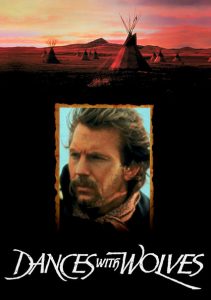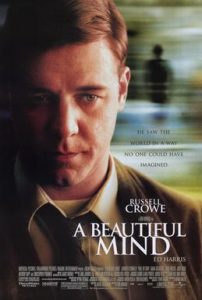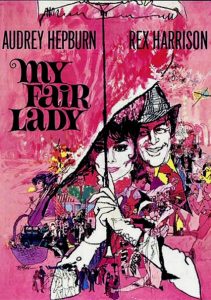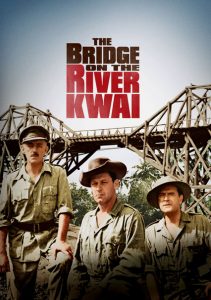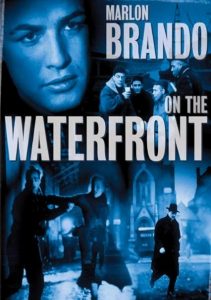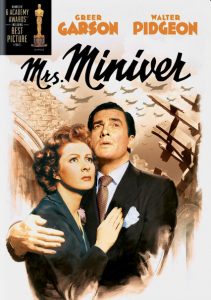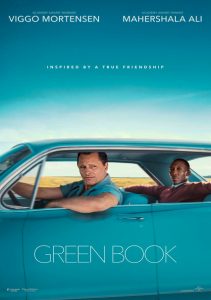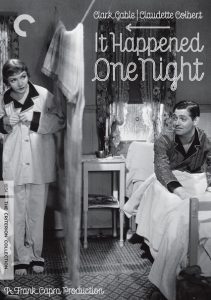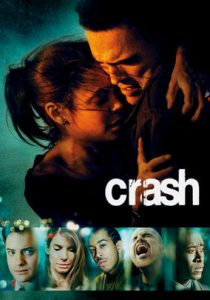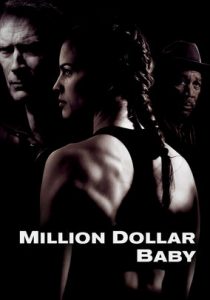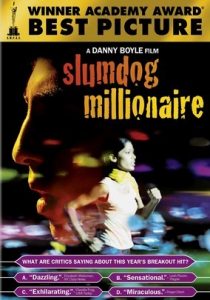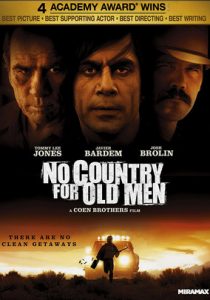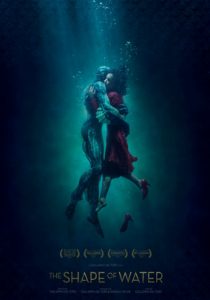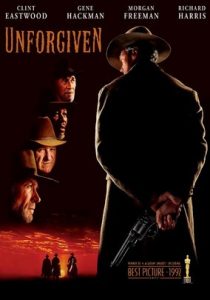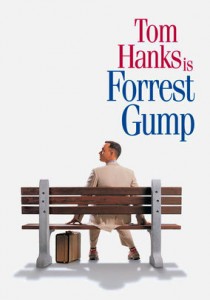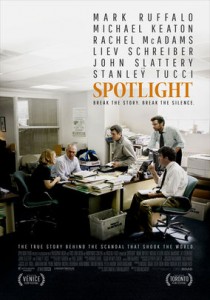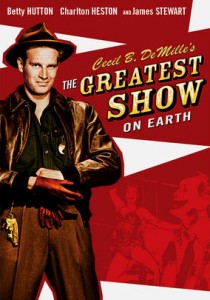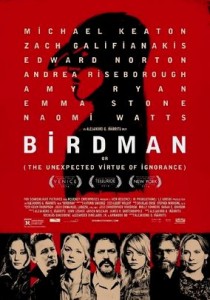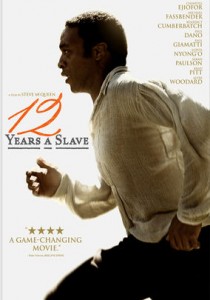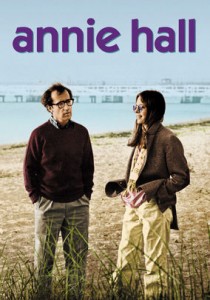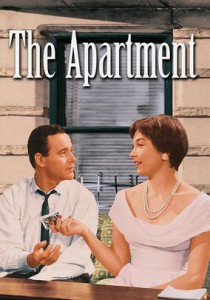Everything Everywhere All at Once-2022
Director Daniel Scheinert, Daniel Kwan (Daniels)
Starring Michelle Yeoh, Ke Huy Kwan, Stephanie Hsu
Scott’s Review #1,337
Reviewed January 26, 2023
Grade: A
Released in March 2022, Everything Everywhere All at Once is a film that built momentum throughout the year, resulting in an astonishing eleven Academy Award nominations.
Traditionally, films vying for awards season attention and subsequent praise and honors are released in the fourth quarter, while earlier releases are relegated to the discount racks.
But Everything Everywhere All at Once breaks the mold thanks to being a visionary, absurd comedy that demands the appreciation it has received.
As of this writing, it is the highest-grossing film released by A24, a champion of independent and quality cinema.
Evelyn Wang (Michelle Yeoh) plays a flustered and bedraggled immigrant mother who runs a laundromat along with her goofy husband Waymond (Ke Huy Kwan).
They reside in the laundromat with Evelyn’s irritable father, Gong Gong (James Hong), and daughter Joy (Stephanie Hsu), who is gay.
In trouble with an IRS inspector, Deirdre (Jamie Lee Curtis), Evelyn is contacted from a parallel universe and told that only she could save the world. She must quickly learn to channel her newfound powers and fight through the timelines of the multiverse to save her home, her family, and herself.
Everything Everywhere All at Once is not conventional and is admittedly a complete mess, meant in the finest of ways.
It takes the cinematic formula and tips it on its ass, but intelligently incorporates heartfelt scenes and gripping performances so that the viewer falls in love with the characters before knowing what’s hit them.
I semi-cried when I heard the film was an action mix with science fiction and superhero multiverses, none of which are my genre of choice. The film goes beyond that with a sensory overload, a warped onslaught of colorful wackiness that includes hot dog fingers, butt plugs, and a drag performance.
You can’t make this up, kids.
Michelle Yeoh kicks ass (literally!) and gets the role of a lifetime. At sixty years old, she has played a Bond girl in Tomorrow Never Dies (1997) and a rich bitch Mom in Crazy Rich Asians (2018), decent roles, but nothing like Evelyn.
Directors, the Daniels, show through Evelyn’s character how her life has disappointed her. Never appreciated by her father and living in a state of doldrums, she becomes an angry and frustrated young woman, but eventually develops into a person who enjoys the small moments of human connection in her life.
We can all learn from Evelyn.
What a treat to see Jamie Lee Curtis chew up the scenery playing Deirdre. Displaying her gut, wearing a bizarre grey wig, she plays part IRS agent, part lesbian lover, depending on which universe she inhabits, and is a hoot.
Ke Huy Kwan is famous as the child actor from Indiana Jones and the Temple of Doom in 1984, and not much since. He somersaults back into the acting spotlight in the role of Evelyn’s kind husband.
Finally, Stephanie Hsu is a gem as Stephanie, who wants to be loved by her mother. The actor has a bright future ahead of her.
These actors get to play four or five different characters, showcasing their acting chops.
Stylistically, the film is off the wall. Dizzying special effects and absurd editing bombard the viewer with ‘stuff’ that can be analyzed from a technical perspective for weeks.
But at the end of the film, you will shed a tear or two at the emotion that sneaks up from behind in the most wonderful way. Quiet scenes between the noisy ones show humanity and love for one another.
Everything Everywhere All at Once (2022) has reaffirmed my appreciation of film and the creativity and beauty that can be mastered.
Oscar Nominations: 7 wins-Best Picture (won), Best Director-Daniel Kwan and Daniel Scheinert (won), Best Actress-Michelle Yeoh (won), Best Supporting Actor-Ke Huy Kwan (won), Best Supporting Actress-Stephanie Hsu, Jamie Lee Curtis (won), Best Original Screenplay (won), Best Original Score, Best Original Song-“This is a Life”, Best Costume Design, Best Editing (won)
Independent Spirit Award Nominations: 6 wins-Best Feature (won), Best Director-Daniel Kwan and Daniel Scheinert (won), Best Lead Performance-Michelle Yeoh (won), Best Supporting Performance-Ke Huy Kwan (won), Jamie Lee Curtis, Best Breakthrough Performance-Stephanie Hsu (won), Best Screenplay (won), Best Editing (won)


